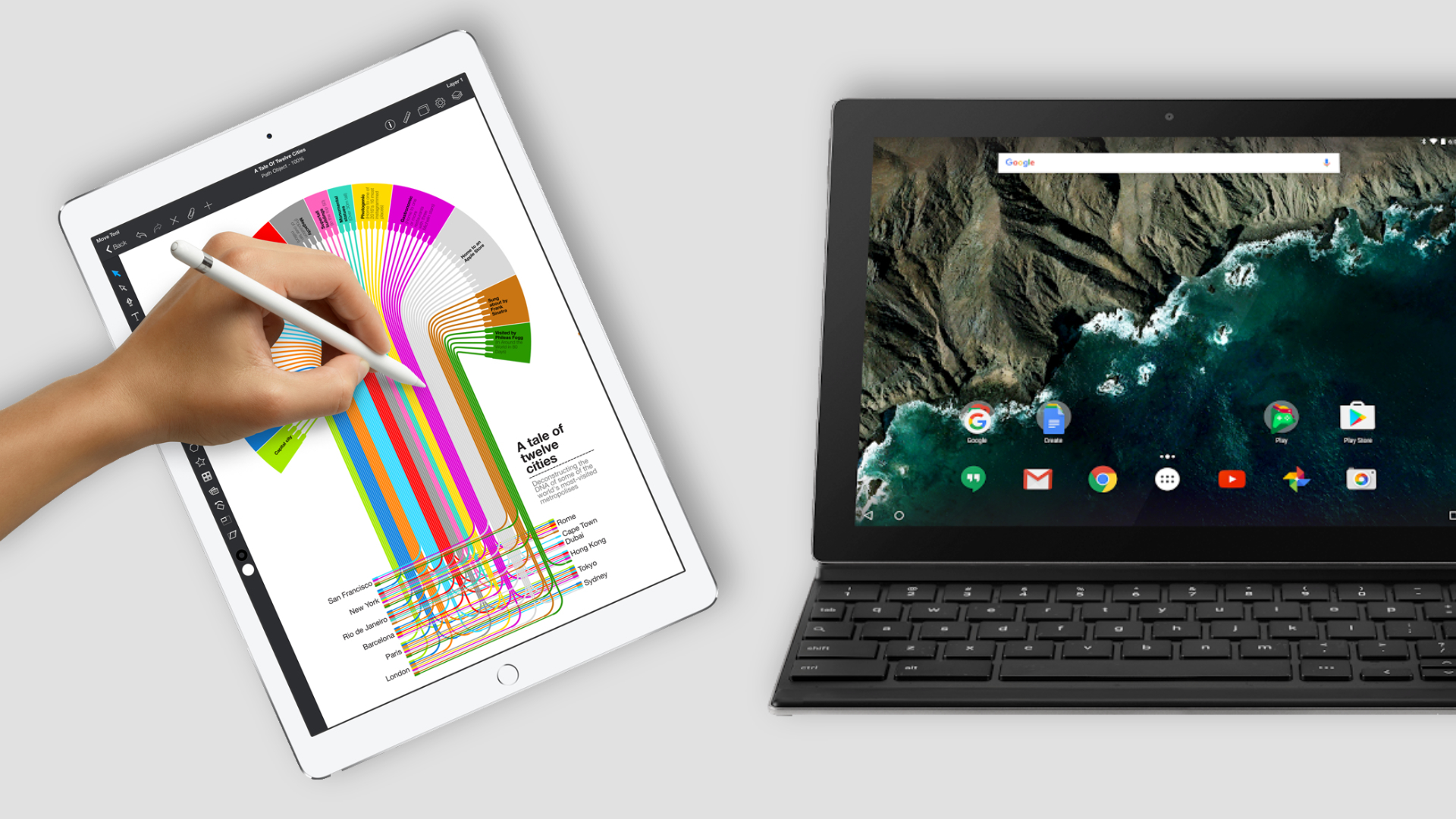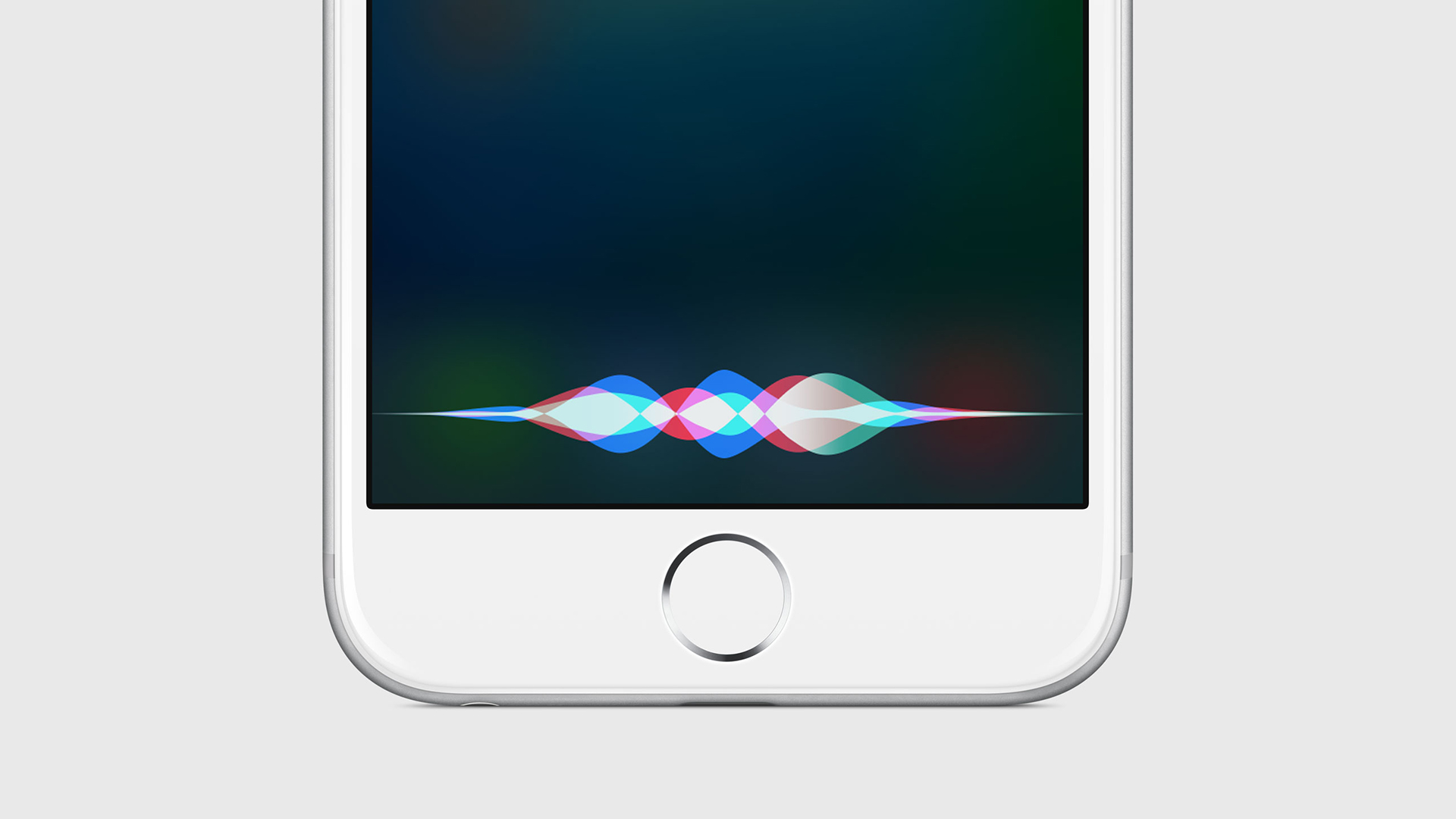iOS 11 versus Android Oreo on a tablet? It’s not even close
One OS’s loss is another’s gain

Android Oreo and iOS 11 are both set to release in a matter of weeks, but we're sorry to report that only one of these new operating systems appears to give tablet users much reason to get excited.
If you want a tablet that offers PC-like productivity and a thriving app selection that features more native, made-for-tablet apps than it does upscaled or incompatible phone apps, you’re probably going to buy an iPad equipped with iOS 11.
And while Android Oreo in general will bring a slew of tweaks that we’re excited about, including some interesting features like picture-in-picture mode and faster boot times (all underlined with a promise to make updating easier in the future), Google hasn’t made enough changes to impact tablet users in a comparably meaningful way.
Of course, this isn’t to say you can’t still purchase a capable Android tablet that will likely serve your desired purpose. And yep, it’s certainly possible that Google might have a few tablet-specific tricks up its sleeve for the software down the line. But as it stands, iOS 11 capitalizes on Android Oreo’s seeming lack of focus on tablet chops in a few key ways, all of which Google can improve on.
Props for productivity
We’ve spoken at length about how Apple’s move to make work and fun on the iPad more productive than ever with iOS 11. But it can’t hurt to mention it again.
It’s no secret that Apple is gunning to take a chunk out of 2-in-1 computer sales with its iPad Pro. And while its usefulness as a full laptop replacement can be debated, the push to get more competitive in the space has made iOS on tablets more capable as a whole.
While the update to iOS 11 will finally put the iPad on-par with how Android has managed its file system for many operating system iterations, Apple looks to be putting it to better use by allowing for drag-and-drop like many are accustomed to on the touchscreen laptop.
Get daily insight, inspiration and deals in your inbox
Sign up for breaking news, reviews, opinion, top tech deals, and more.
A larger native app selection
When the first iPad came out, some of my first moments were spent scoffing at the fact that it lacked native apps and resorted mostly to upscaling iPhone apps. It didn’t take long for that to change and honestly, I don’t recall running into the same problem in recent memory.
If only the same could be said about the current state of Android’s tablet app selection. Of course, your experience might vary depending on the apps that you use, but we encountered a few too many compatibility issues when we reviewed the excellent Google Pixel C tablet just last year.
It’s worth saying that, yes, the upscaled apps usually tend to run fine, but that more aren’t available natively at this point that jive in landscape mode isn’t a good look when iOS on tablets addressed such issues long ago. Unfortunately, Android Oreo doesn’t seem like it’s going to fix these problems.

Apple makes tablets that age with grace
The advancements coming in iOS 11, like the dock and the easy to read multitasking grid, would be considered a good leap forward if they were only coming to Apple’s Pro line of tablets. However, the company is issuing the update to each and every iPad going back to the first iPad Air and the iPad Mini 2, each released in 2013.
This dedication to its older products isn’t unusual for Apple, and in the smartphone realm, Google more or less is even-par with the multi-year level of support. But when it comes to Android tablets, the comparison harkens completely on the storied fragmentation issue that continues to plague Google's platform.
It’s currently unclear which tablets will receive the update to Android Oreo (aside from the Google Pixel C). We can expect the Samsung Galaxy Tab S3 to join it, but the verdict’s out on the rest. That’s disheartening as an Android user.

Plus, a helpful companion never hurts
Apple’s line of tablets have come with its Siri personal assistant built-in since just after the launch of the iPad 3 in 2012. In that time, the voice-enabled assistant has grown and is now capable of much more than barking riddles.
Siri has its hand in productivity, as it’s able to inform you of calendar events, fetch personal data from your iPad and send out messages. Sure, it’s also there for fun, but it represents a key area where Google falls flat on its face.
Following the wide launch of the Google Assistant earlier this year, Google opted to leave it out of tablets, including its very own Pixel C. It’s a baffling move, one that, for worse, makes Android Nougat and Android Oreo much different experiences on the tablet.
The points above make for some crucial areas where Google can still make progress. And while it appears that Oreo might not be the tablet savior that some were hoping for at this point, we're interested to see how much it evolves in this department, if at all, within the year.
Until then, if you’re hung up on Google services, you might want to check out one of the best Chromebooks instead or otherwise, you know, just buy an iPad.
Cameron is a writer at The Verge, focused on reviews, deals coverage, and news. He wrote for magazines and websites such as The Verge, TechRadar, Practical Photoshop, Polygon, Eater and Al Bawaba.
